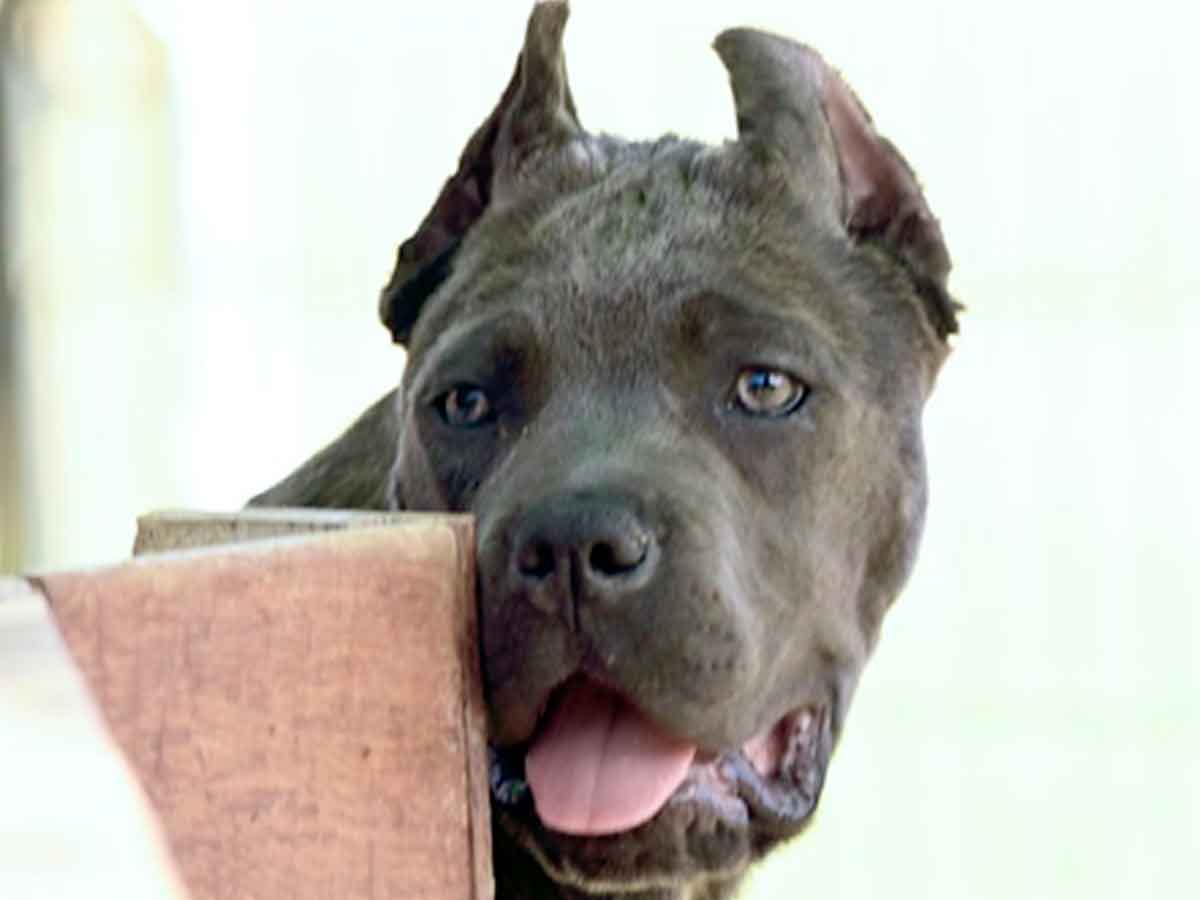The History of the Cane Corso: Temperament, Size, and Style
Alright, it’s pretty obvious—the Cane Corso is one heck of an impressive breed. Today, I want to walk you through everything you need to know about them, from their temperament to their size and all the little things that make them stand out.
The Cane Corso’s Temperament
Let’s keep it simple: training’s a breeze when it’s not a hassle. The Cane Corso has an amazing personality as a breed. They’re super smart—we’ve said it a million times—and they’ve got this incredible balance. Think of them like the Ferrari of dogs: tons of power, but with a steady, even keel. They’re a breeze to train. If you know what you’re doing, it’s smooth sailing, but if you’re new to dogs, it might take a bit more effort. Still, the Cane Corso is sharp as a tack and picks up on what you’re telling them.
Phenotype and Details of the Cane Corso
When we talk about quality in a puppy, there’s a bunch of stuff that comes into play. First up is the phenotype—the physical traits. You’ve got to check out the puppy’s face. A nice, full muzzle is a big deal because it’s a sign of better quality. Another thing to watch is the eyes—they shouldn’t droop like a Neapolitan Mastiff’s, since that can lead to issues down the road, like problems with the Harderian glands.
As for the mouth, don’t freak out if you notice the puppy has a prognathic bite—where the lower jaw sticks out a bit. That’s totally normal for a Cane Corso. If the bite looks a little off, don’t worry; it usually evens out as they grow.
Size and Structure
Size and build are huge when picking a solid puppy. The Cane Corso should have a compact frame—not overly stretched out. It’s almost square, but just a touch rectangular, with about a 10% difference in proportion. That’s a key detail because a body that’s too long just doesn’t cut it.
Another thing to look at is the rear angulation. Some dogs end up too straight in the back legs, but the Cane Corso needs good angles in those hindquarters to stay healthy and keep up the breed’s quality.
The Tail and Its Placement
It might seem like a small thing, but the tail’s placement matters a lot. It should start right where the back ends—it’s a subtle detail that ties into the dog’s overall structure. That’s a big part of meeting the breed standard.
Size: Bigger Isn’t Always Better
A lot of folks wonder if they should go for the biggest puppy in the litter. Here’s the thing: size doesn’t always equal quality. The biggest pup isn’t necessarily the best pick. It depends on what you’re after. A larger puppy might be perfect if you want an imposing dog, but it’s not a guaranteed sign of top quality. Just like with tiny breeds like Chihuahuas, the ideal size sticks to the breed’s standards.
Socialization and Mental Work
One of the most critical things with any big dog like the Cane Corso is socialization. It’s a must to keep them from turning aggressive out of fear. A Cane Corso that isn’t properly socialized as a puppy can end up with behavior issues. Socialization and mental stimulation are the secret sauce to raising a well-rounded dog. A properly socialized Cane Corso is steady, adaptable, and fits right into their surroundings.
Conclusion: What You Need to Know When Choosing a Cane Corso
To wrap it up, when you’re picking a puppy, focus on their phenotype, temperament, structure, and socialization. Size isn’t the be-all and end-all—what matters is that the puppy’s balanced, smart, and built right. Socialization is the key to raising a Cane Corso that’s healthy, happy, and free of hang-ups.
To wrap it up, when you’re picking a puppy, focus on their phenotype, temperament, structure, and socialization. Size isn’t the be-all and end-all—what matters is that the puppy’s balanced, smart, and built right. Socialization is the key to raising a Cane Corso that’s healthy, happy, and free of hang-ups.
Get in Touch with Cane Corso X-MAN
If you’re thinking about adding a high-quality Cane Corso to your family, don’t hesitate to reach out. We’re based in Barcelona and would love to answer your questions and guide you through this exciting process.


